Garden experts warn these 5 plants are illegal to grow in Texas – they urge to plant non-invasive alternatives to instead
Steer clear of these invasive species if you want to avoid fines or threats to local wildlife
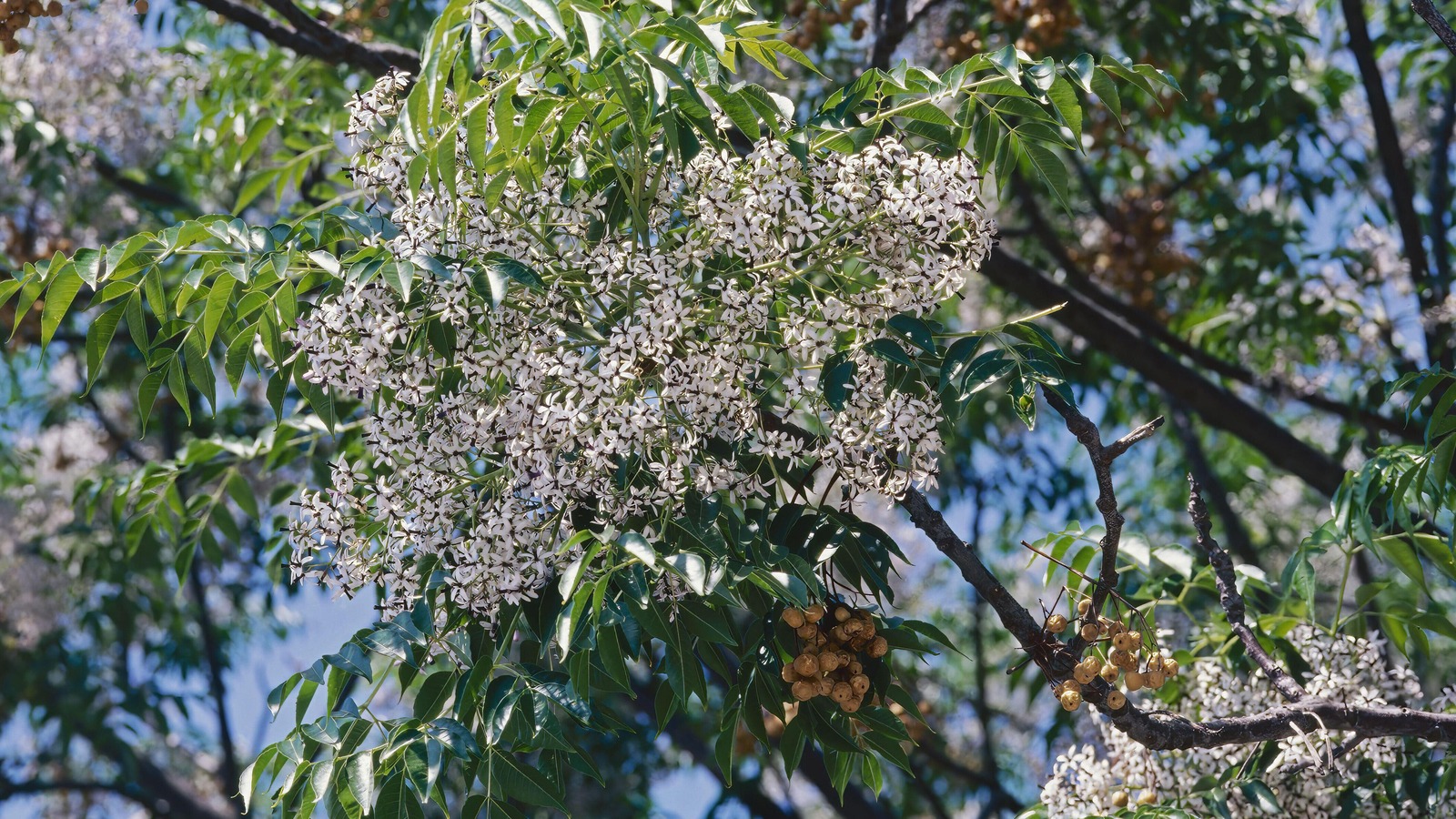

There you are a decent, law-abiding citizen innocently planting a beautiful garden. Yet, without checking, you could be unwittingly planting species that are illegal to grow in Texas – and other nearby states.
Aside from potentially landing yourself a fine, or worse, there are a number of poisonous plants and invasive plants, shrubs, and trees that are harmful to local wildlife and ecosystems.
Although, the biggest penalties are for selling, distributing, or importing the plants, (which includes ordering from overseas sellers off the internet) it's not wise to grow them if you care about your fellow gardeners, growers, and the surrounding landscape. Here, gardening experts explain why you should avoid these plants in this region.
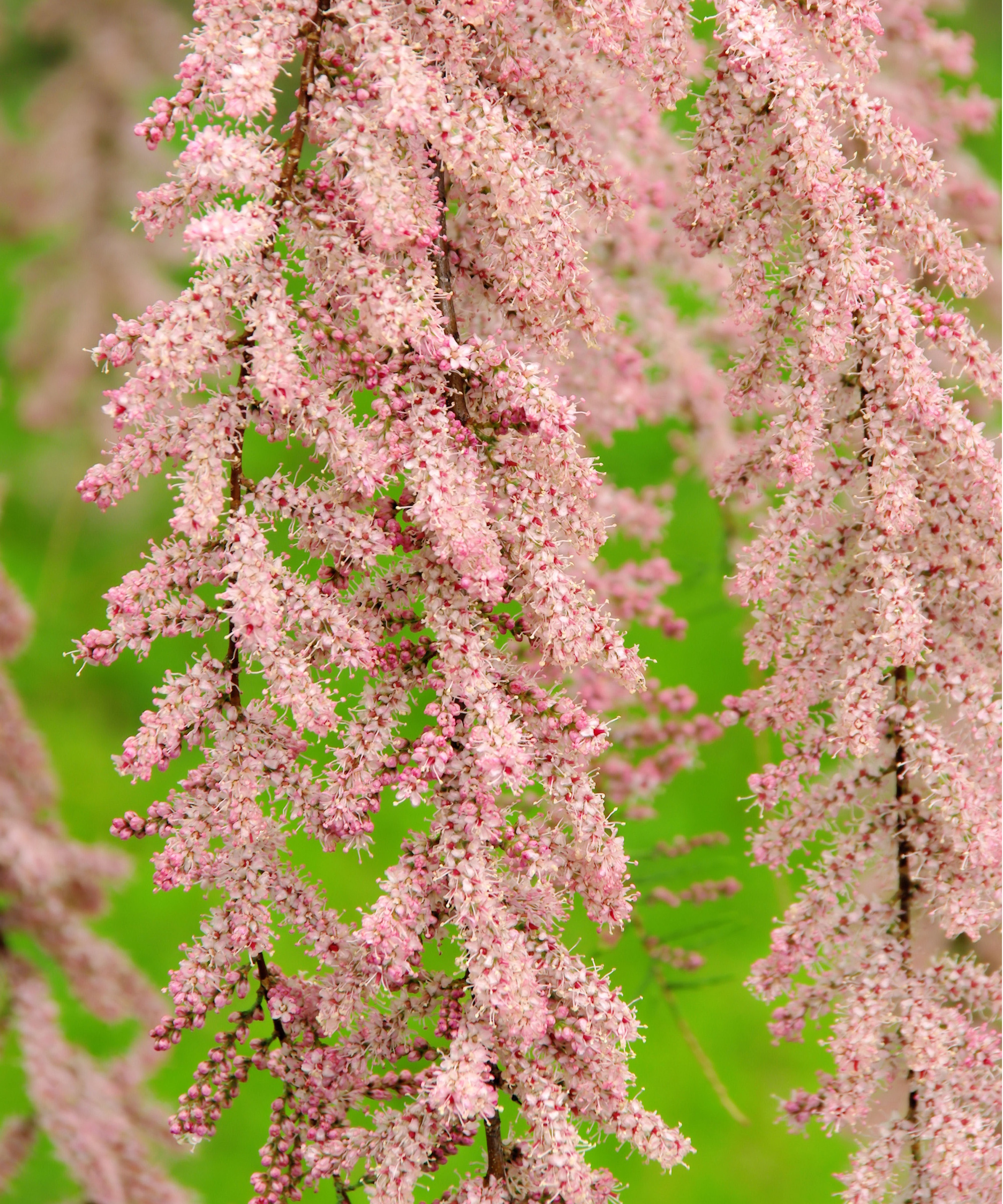
5 plants that are illegal to grow in Texas
According to the Texas Department of Agriculture a 'noxious or invasive plant' is 'any plant species that has a serious potential to cause economical or ecological harm to the agriculture, horticulture, native plants, ecology and waterways of Texas'.
Invasive species can become problematic in your own yard, as they may crowd out other plants with aggressive growth, or spread into local waterways, woodland and prairies, killing native species and offering little to wildlife.
That's why you should steer clear of growing these five plants that are illegal to grow in Texas:
1. Purple loosestrife (Lythrum salicaria)
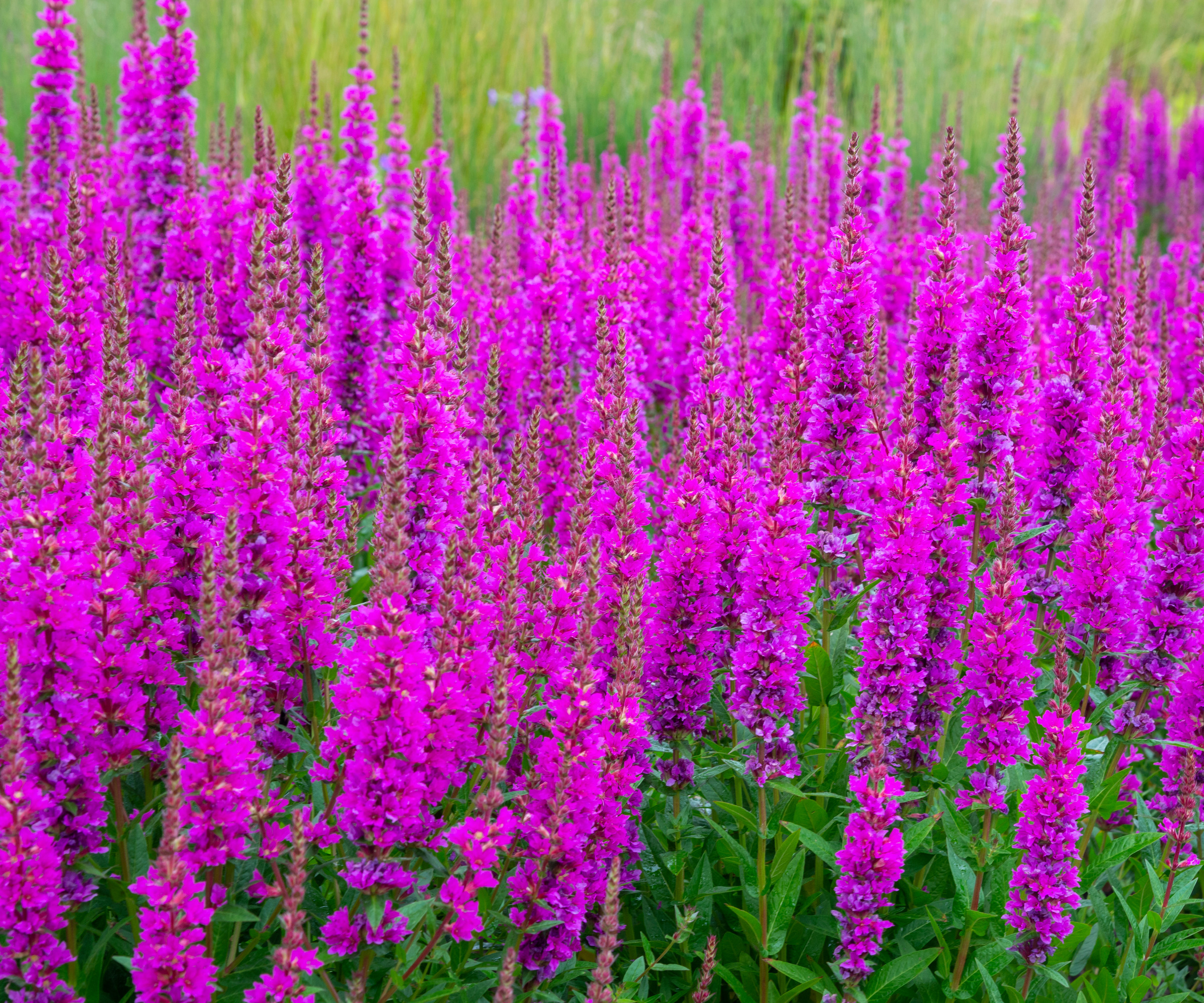
With an extended flowering season, usually from June to September, this invasive perennial is one to avoid across much of North America.
Design expertise in your inbox – from inspiring decorating ideas and beautiful celebrity homes to practical gardening advice and shopping round-ups.
Purple loosestrife's long flower spikes produce large quantities of seed, which enable it to spread. This is problematic as in the wild purple loosestrife outcompetes native grasses, sedges, and other flowering plants, such as endangered orchids and other species that are a better source of nutrition to local wildlife.
According to Texas Invasives, even Purple loosestrife plants 'guaranteed sterile' are actually highly fertile and able to crossbreed with native Lythrum species, so this plant is best avoided in any form.
'Purple loosestrife (Lythrum salicaria) might be beautiful with long spiky purple blooms but it is aggressive and invasive,' explains Jen McDonald, co-founder, Garden Girls. 'It is particularly destructive to wetlands and will compete with native plants for nutrients, sprawling quickly, and overtaking favored species.
'Classified as noxious, it is illegal to import, purchase or sell in the state of Texas. While it’s not toxic to humans, it poses a major threat to wildlife because it destroys the surrounding ecosystem.
'A much better alternative is mealycup sage (Salvia Farinacea), which is native to Texas and has a similar appearance with tall, showy purple spikes. It attracts beneficial pollinators and is both drought and cold tolerant,' Jen adds.
This Salvia Farinacea from Burpee has beautiful deep blue, sky blue and white flower spikes that attract hummingbirds and butterflies.

Based in Houston, Texas, Jen McDonald is a garden expert and co-founder of Garden Girls, a residential and commercial garden design and installation firm. She is certified with the NPSOT, Native and Pollinator Society of Texas and as an Organic Garden Vegetable Specialist.
2. Kudzu (Pueraria Montana)
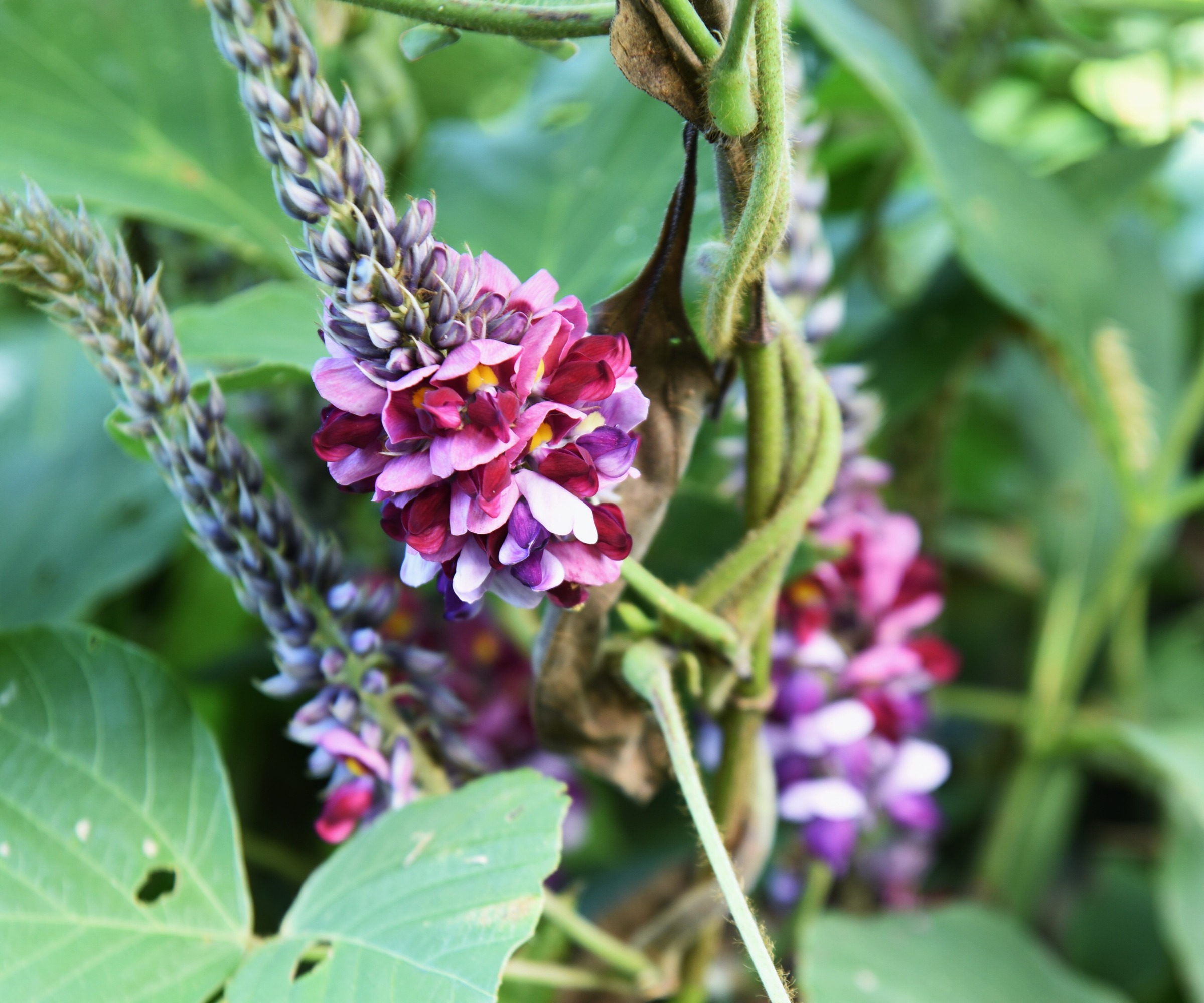
Introduced to the US in 1876 by the Japanese government, kudzu vine was a popular plant promoted as an ornamental in the early 20th century, until its popularity dwindled in the 1950s. It was eventually declared a 'noxious weed' in 1970 by the USDA.
A twining, trailing woody vine, this invasive climber is an issue particularly in the East Texas Pineywoods region, where it kills trees and shrubs. It not only grows at a rate of one foot per day, it has tuberous roots that can reach depths of 16 feet.
Kudzu will smother other plants in its path with a large blanket of leaves. It can even break branches and uproot trees with its weight. Eradication of the roots and rhizomes is the key to controlling this aggressive plant.
'Kudzu (Pueraria Montana), otherwise known as 'the vine that ate the south,' is highly invasive, destructive and on the list of noxious plants in Texas,' says Jen. 'It can grow up to 60 feet in a single season, weighing heavily on neighboring plants, shrubs, trees and buildings.
'Nothing stands in kudzu’s way. You can still find it covering poles and empty lots. Trying to remove it poses a huge challenge. A better alternative is planting a native vine, like the Virginia creeper or pipevine, both of which are beautiful and highly beneficial to pollinators.'
This Virginia creeper from Nature Hill's grows in zones from 3-10 and offers beautiful fall color.
3. Salt cedar (Tamarisk)
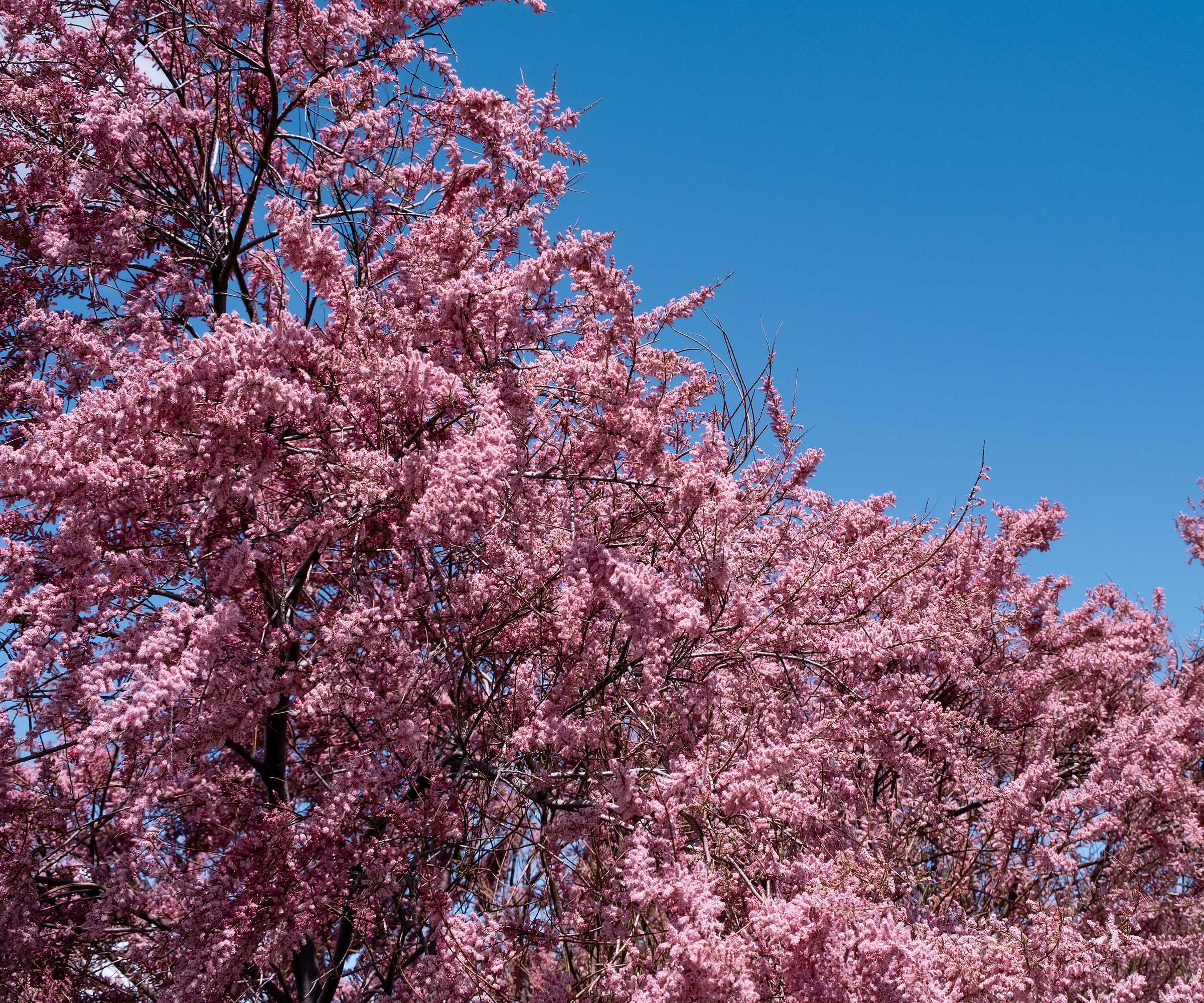
This pretty but invasive tree was introduced to the US as an ornamental in the 1820s, and was already causing issues in the wild by the 1920s. Salt cedar grows best in saline soil types, hence the name, but it is adaptable and tolerant of other conditions.
Whether grown as a small tree or shrub, Tamarisk produces thousands of seeds, which are dispersed easily in the wind or by water. Once established, salt cedar will outcompete nutrient-rich native plants, yet provide little food for native wildlife. It is on the 'dirty dozen' list for the South Texas Plains, the High Plains, Rolling Plains and Trans Pecos.
'The biggest ecological impact with salt cedar affects the birds and fish that habitat nearby. Another problem with salt cedar is the increased risk of wildfires. Because it grows in dense thickets, the severity of fire is also increased,' Jen explains.
'We are lucky to have many alternatives to salt cedar. My favorite is the yaupon holly, a native shrub that grows beautifully in sun or shade and provides year round benefits to Texas wildlife. It’s also drought tolerant and can withstand a freeze.'
This dwarf yaupon holly from Nature Hill's is an easy to control evergreen, which grows well in zones 7-9.
4. Chinese tallow tree (Triadica sebifera)
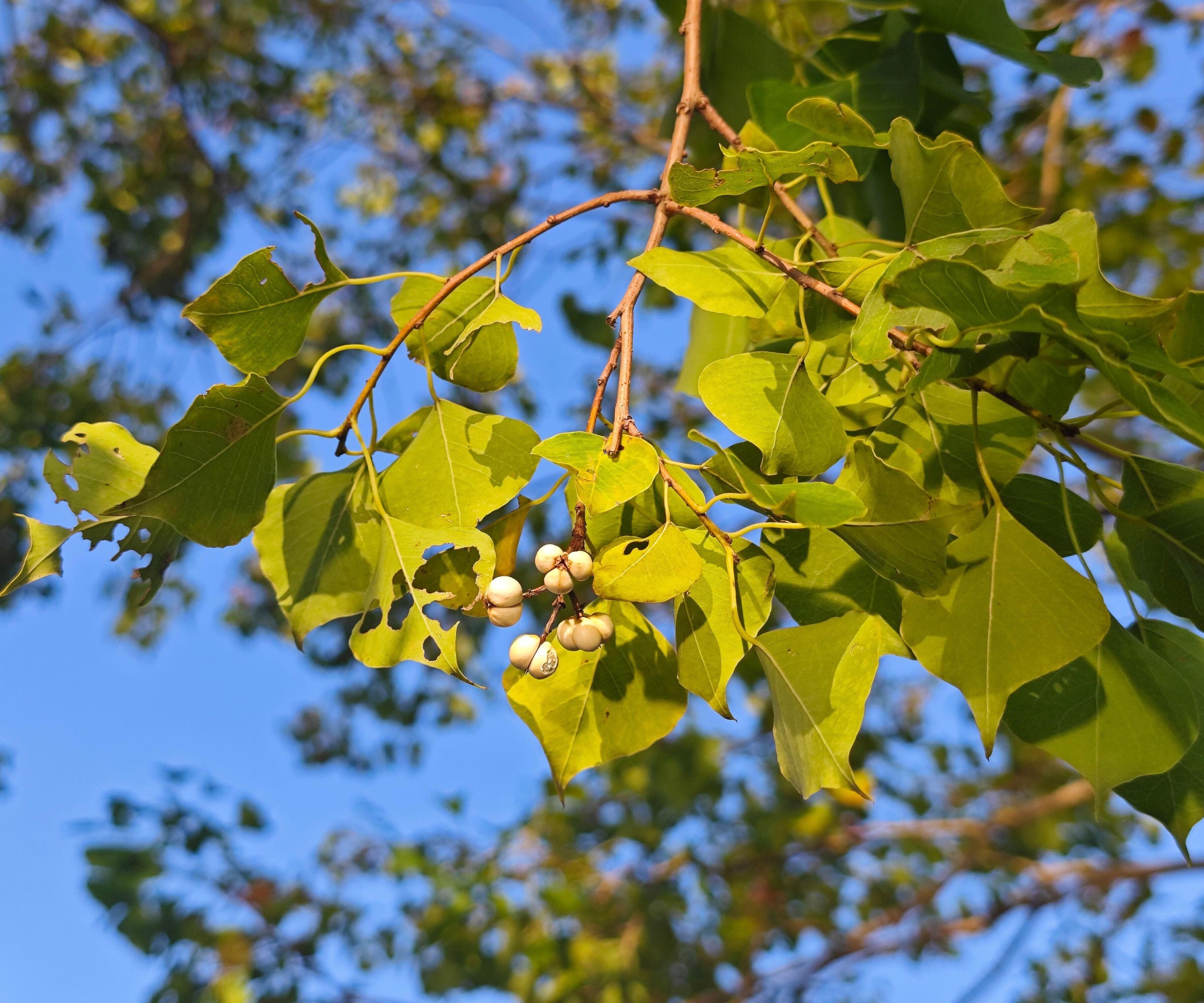
There are a number of trees never to plant in your yard and Chinese tallow tree is one of them. It's another prolific producer of seed, which spread easily and take over native habitats.
'Another that I would highlight in particular, because it can be problematic in the rest of the southeast is Chinese tallow tree (Triadica sebifera),' says Jared Barnes, Professor of Horticulture at Stephen F. Austin State University.
'One reason it was originally introduced is because soaps and candles can be made from white wax that covers the seed. Its leaves are toxic to humans and animals like cattle, and once introduced into an area it quickly begins to crowd and shade out native species.
'A great alternative is Nyssa sylvatica (black tupelo). It's also a great tree for fall color, similar to Chinese tallow tree, but it is native from Texas to Maine. Bees love the flowers, and birds and small mammals browse the fruit of female trees.'
As well as being an issue in the southeast, Chinese tallow tree finds itself on the 'dirty dozen' list for the Rolling Plains, Edwards Plateau, Post Oak Savannah and East Texas Pineywoods.

Jared Barnes, Ph.D., started gardening when he was five years old, and since then has enthusiastically pursued how to best cultivate plants and minds. He currently fulfills those passions as an award-winning associate professor of horticulture at Stephen F. Austin State University in Nacogdoches, TX where he stewards the Plantery, SFASU’s student botanic garden.
5. Brazilian peppertree (Schinus terebinthifolius)
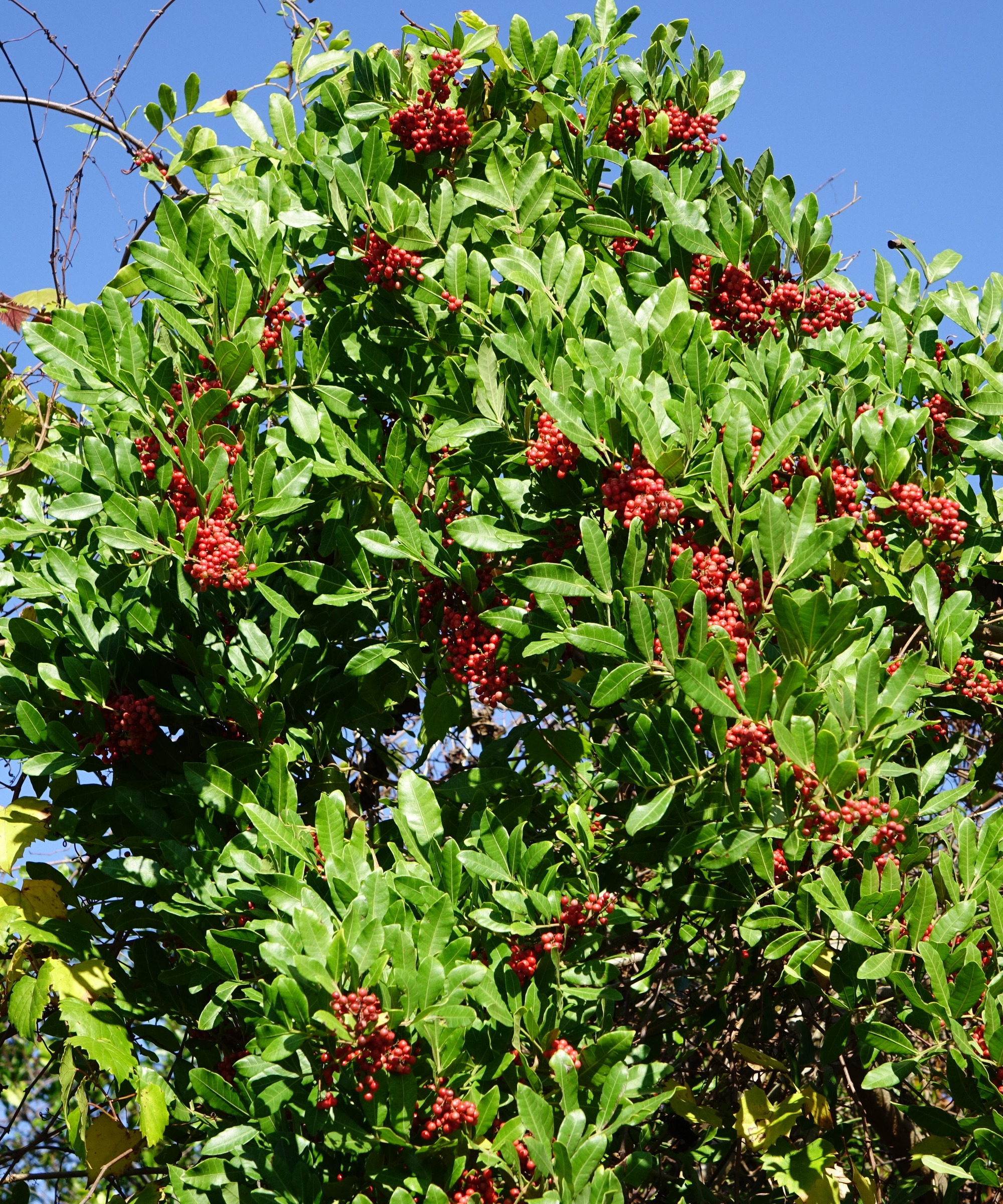
Another ornamental introduced in the nineteenth century, the Brazilian peppertree was already being recognised as a nuisance and an invasive weed by the 1950s. It can grow up to 30 or 40 feet in height with a trunk diameter of three feet and is a particular problem in coastal areas of Texas.
'Brazilian peppertree (Schinus terebinthifolius) is another invasive to watch out for in southern landscapes,' says Jared. 'One of the reasons it was introduced, was because its a shrub with winter berries used for the holidays.
'However, with its dense growth, Brazilian peppertree shades out native plants, and the leaves can cause allergic reactions in people, since it's in the same family as poison ivy.
'A better alternative to grow is Ilex vomitoria (yaupon holly). This tough, evergreen shrub-to-small-tree is native to the Southeast. It offers seasonal interest with red berries on female plants. The plant also contains natural caffeine. Native Americans used it as a ceremonial tea, and even today people can make a drink from the leaves of this medicinal plant.'
FAQs
What happens if I don't report an invasive plant in Texas?
Failing to report an invasive plant in Texas could result in consequences such as being fined or injunctive relief. There isn't a blanket law in place requiring report of invasive species in Texas, but there are regulations around agriculture, aquatic ecosystems, and boaters in particular.
The list of plants and trees to avoid planting in your landscape is far longer than those outlined here. For a full list of plants that are illegal to grow in Texas, check the Texas Invasives plant database. Here you can also report any noxious plants you see growing in the wild and help to protect natural habitats.
The important part is to not be afraid if you discover any of the invasive plants listed growing in your garden or neighborhood. The invasive plant list is to educate gardeners, rather than punish them. If you check the list or speak with the authorities, they can advise on how best to get rid of the plant, whether it's an invasive ground cover plant, invasive hedge plant, or tree.
Jacky Parker is a freelance lifestyle journalist and writer, producing a wide range of features for magazines and websites. She has written for Homes & Gardens and its sister titles, Livingetc and Country Homes & Interiors for more than 15 years, both as a freelance contributor and staff member, regularly reporting on the latest interiors, gardens and lifestyle inspiration, speaking to experts in their respective fields and discovering the newest tips.
You must confirm your public display name before commenting
Please logout and then login again, you will then be prompted to enter your display name.
